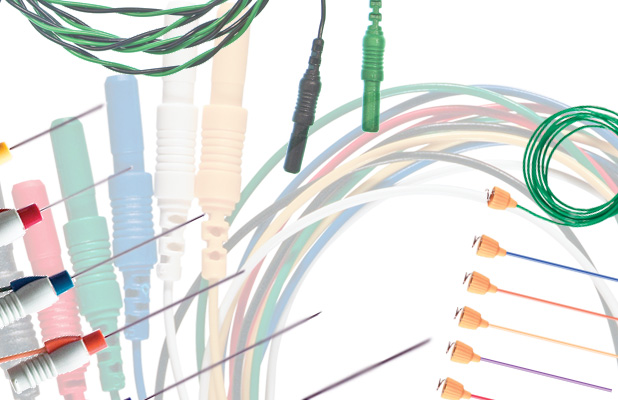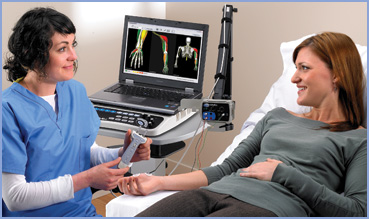

What is a nerve conduction study?
Nerve conduction studies or NCS pertains to the activation of nerves electrically using a dose of safe small sized pulses over a number of points on the skin most commonly on the limbs, followed by the measurement of the responses gathered. The responses or signals are typically measured starting from the particular nerve or from a muscle supplied by the activation of nerve. This unveils information about the health status of the nerve, muscle and neuromuscular junction, which is the part responsible for communication between the muscle and nerve.





